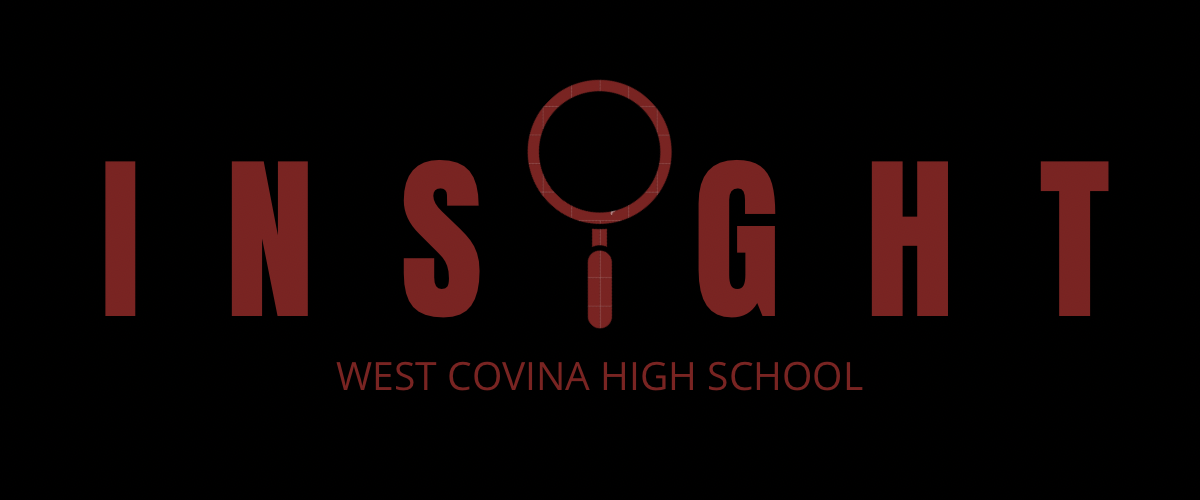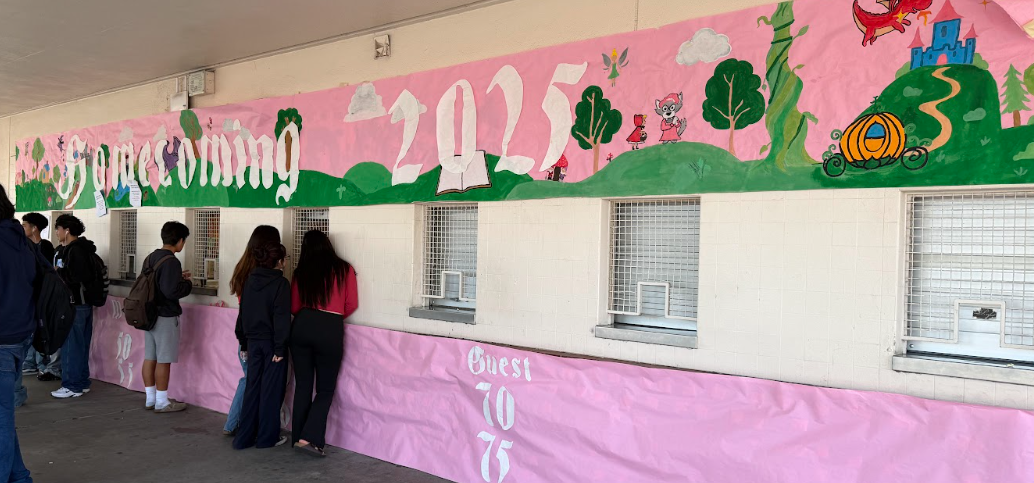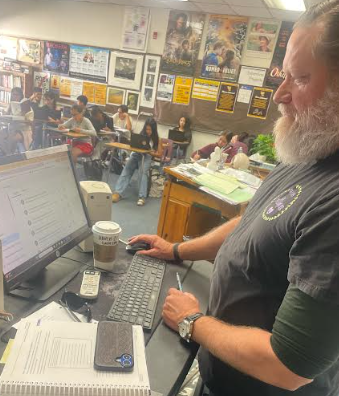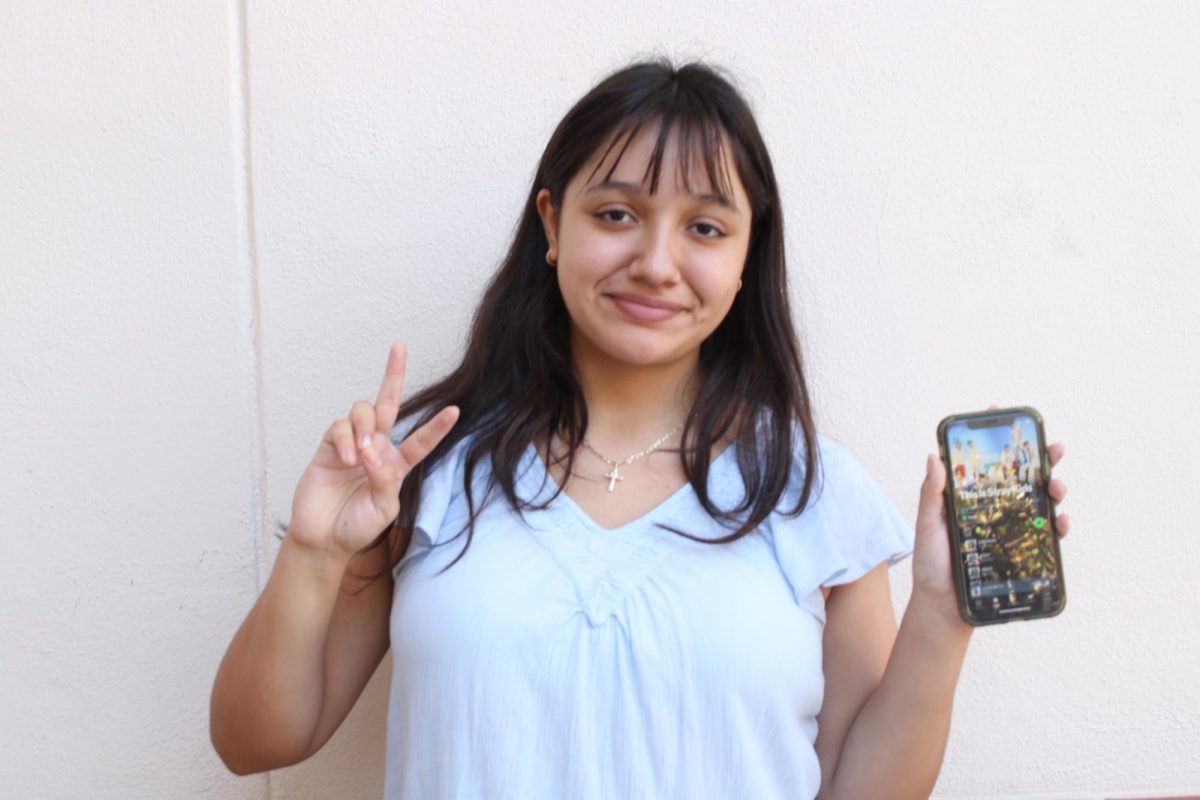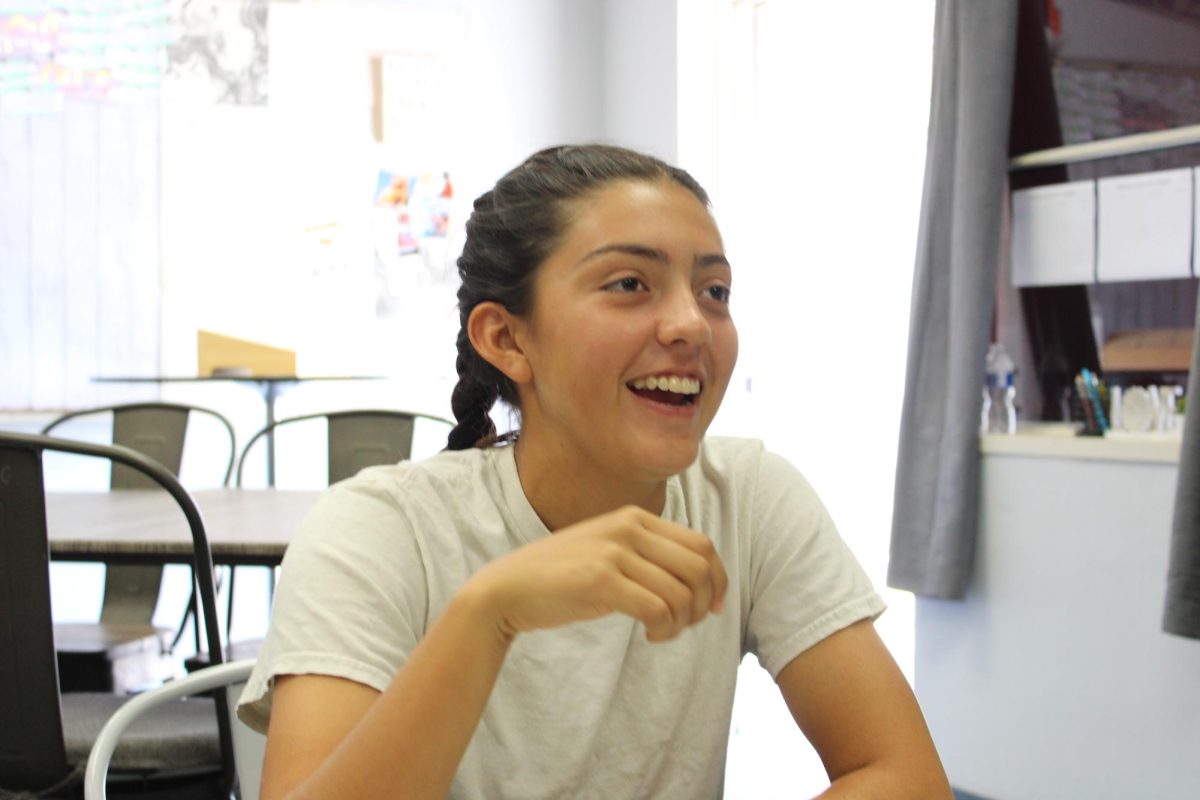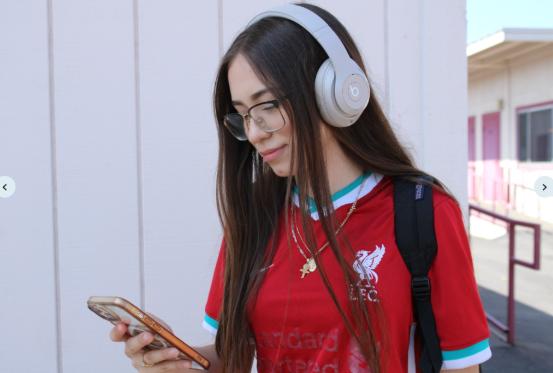
Over the past couple of years, Hispanic artists have gained more recognition in the music industry, expanding their audiences from diverse backgrounds and achieving top positions on global charts. From corridos to reggaeton, Hispanic artists continue to grow their fanbase and influence music platforms by expanding audiences outside of the Latin market.
Singers like Selena Quintanilla, Vicente Fernández and Jenni Rivera have made regional Mexican music more popular in the music industry. Differently, more modern artists like Neton Vega and Natanel Cano, Regional Mexican music has reached audiences nationwide with over 42 million monthly listeners on Spotify.
Junior Dulce Raygoza believes Latin music has influenced the industry, bringing a different sound and making Hispanic culture more well-known.
“I think Latin music has influenced the industry because it has a certain vibe where a lot of people like dancing to it, and I think it brings out a lot of emotion in different ways,” Raygoza said.
Corridos are a traditional Mexican ballad style from the 19th century that is often about migration, love, injustice and any form of storytelling. On the other hand, Corridos Tumbados mix the traditional sound of Corridos with more modern genres such as reggaeton, trap, and hip hop.
For example, Junior H is a Mexican singer and songwriter for corridos tumbados. Born in Cerano, Mexico, he started writing music and gained recognition from songs like “Y Lloro” and “Piensalo,” which talk about heartbreak and loss.
A significant band that helped bring corridos tumbados into the mainstream is Fuerza Regida, a music group from San Bernardino led by singer Jesus Ortiz Paz, better known as JOP. Songs like “Tu Sancho” and “Radicamos en South Central” all helped Fuerza Regida reach global charts.
“My favorite song by Fuerga Regida is by Chula Vente because it reminds me of me and my brother when we listen to it in the car, my brother was the one who told me to tune into their music and I enjoyed it,” Raygoza said.
Traditional corridos are still listened to today, and one artist who left their mark was Chalino Sanchez. Born in Sinaloa, Mexico, Sanchez grew popular in the 1980s to the 1990s for his storytelling songs such as “Alma enamorada”, “El Crimen de Culiacan”, and “Baraja de oro”, which talk about Love, Heartbreak, and social issues in Mexico.
These artists have broken language barriers worldwide. They’ve connected people from all over the world who may not even understand Spanish but they enjoy the beat. Audiences simply enjoy the emotion and energy the song makes them feel.
“I don’t know what some songs are saying but I usually have a general idea. Regardless even if I don’t know what the song is saying, I really like it, I like the beat and the vibe the songs have,” Raygoza said.
With many artists like Tego Calderon, Ivy Queen, Feid, and Bad Bunny, reggaeton has grown into one of the most popular music genres in the world. Reggaeton originated in Panama, influenced by Jamaican immigrants, and later developed in Puerto Rico in the 1990s.
One artist who rose to fame with reggaeton is Rauw Aleandro. Born in San Juan, Puerto Rico, Rauw Alejandro released many hits like “Todo de ti”, “Dile a E”, “Desenfocao”, and his cover of the song “Tu Con El” originally sung by Frankie Ruiz. Also born in Puerto Rico, Omar Courtz is another singer who has collaborated with Rauw Alejandro on his first studio album “Primera Musa,” that was released in 2024, raising his monthly listeners on Spotify by over 40%.
Junior Kate Becerra first started listening to Rauw Alejandro when she first discovered him on TikTok three years ago.
“My favorite song by Rauw would probably be “Khe?” I think he has a really good voice and his songs aren’t just songs like if you actually listen to the lyrics you can connect to it somehow even if you’re not heartbroken,” Becerra said.
Reggaeton is primarily a male-dominated genre; however, Colombian singer Karol G. breaks barriers. She often talks about women’s empowerment to her young female fans with lyrics like “Las mujeres ya no lloran, las mujeres facturan,” which translates to “Women don’t cry anymore, women make money.” She also sings about healing after heartbreak, and her journey as a female in a male-dominated field. In 2018, she became the first woman to win the Latin Grammy for Best New Artist in over a decade. In 2023, she became the first woman to reach number one on the Billboard 200 with her album “Manana Sera Bonito”, which translates to “Tomorrow will be Beautiful.” “Manana Sera Bonito” was an album that showcased acceptance and healing.
The number one Latin artist according to Billboard is Bad Bunny. Born in Vega Baja, Puerto Rico, Bad Bunny holds the title of Spotify’s most-streamed Latin artist worldwide. With albums like “Un Verano Sin Ti” and “El Último Tour Del Mundo,” Bad Bunny has managed to maintain his spot on the Billboard music charts. ¨Debi Tirar Mas Fotos¨ is his latest album that was released on January 5.
With these modern artists releasing new songs and selling out arenas, they have helped redefine Latin music, enabling other cultures to connect with Hispanic culture and break down language barriers.
“Í think these Hispanic artists make our culture well known because other people like to tune in even if they don´t understand the language, and it makes me happy,” Raygoza said.

